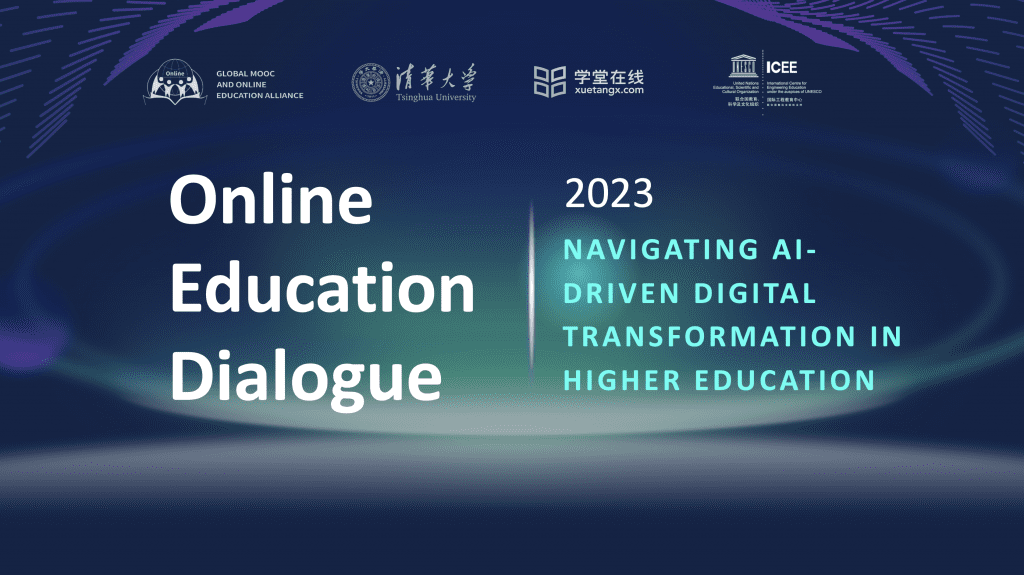I am excited to delve into an insightful piece from the World Education Blog, “Transforming education: How can technology and youth drive change?” (https://world-education-blog.org/2023/04/27/transforming-education-how-can-technology-and-youth-drive-change/). Authored by Alice Mukashyaka, Advocacy Manager for Livelihoods and Education for Restless Development and Global Partnership for Education Young Leader, this article presents a compelling exploration of the role of technology and youth in the evolution of education.
A Call for Urgent Educational Transformation

The article sets the stage by emphasizing the urgency of educational transformation, particularly as we approach the Transforming Education Summit and the SDG Summit in September 2023. Mukashyaka brings to light the barriers that prevent 244 million young people from accessing education, a pressing issue that necessitates immediate action.
In response, a new partnership has been formed between Restless Development and the GEM (Global Education Monitoring) Report. This collaboration aims to harness the power of youth, mobilizing them on a global scale to contribute to the development of the 2023 Youth GEM Report on technology and education. This initiative is a testament to the belief in the potential of young people to drive change and shape the future of education.
Youth: The Catalysts of Change
The partnership between Restless Development and the GEM Report signifies a shift in the perception of youth in education. No longer seen as merely passive recipients of education, young people are being recognized as active participants who can contribute significantly to the development of educational policies and practices.
This partnership aims to engage youth in reflecting upon, questioning, and debating the recommendations of the 2023 GEM Report. Their insights and perspectives will inform the development of its youth edition, marking a significant step towards more inclusive and youth-centered educational policies.
The Double-Edged Sword of Technology in Education
The COVID-19 pandemic has had a profound impact on the education sector, with the most vulnerable learners bearing the brunt of the crisis. The global shift to distance and online learning, while necessary, has exposed the stark digital divide that exists in our society. Many young learners lack digital access and are being taught with outdated curricula that don’t accommodate technology.
However, Mukashyaka also highlights the transformative potential of technology. It can enhance the learning experience, address educational challenges, and prepare learners for the jobs of the future. But this potential is not without its pitfalls. The article raises valid concerns over privacy, data protection, and sustainability that must be addressed as we leverage technology to transform education.
In the context of higher education, the advent of Artificial Intelligence (AI) has opened up new possibilities for personalized learning, predictive analytics, and automated administrative tasks. However, the integration of AI also brings forth ethical considerations, such as data privacy and the risk of algorithmic bias. As we navigate this digital transformation, it’s crucial to strike a balance between leveraging AI’s potential and mitigating its risks. As we continue to explore the impact of AI on higher education and the role of youth in shaping the future of education, I invite you to join the ongoing Online Education Dialogue 2023: “Navigating AI-Driven Digital Transformation in Higher Education”. Together, we can navigate the AI-driven digital transformation in higher education and ensure that our education systems are prepared for the future.
Conclusion
In essence, the transformation of education is a complex process that requires the collective efforts of all stakeholders, including educators, policymakers, and most importantly, the youth. As we navigate the complexities of the digital age, we must harness the power of technology and the energy of youth to drive change and create a more inclusive, equitable, and quality education for all. This article serves as a reminder of the potential that lies at the intersection of youth, technology, and education, and the transformative change that can be achieved when these forces are aligned.

